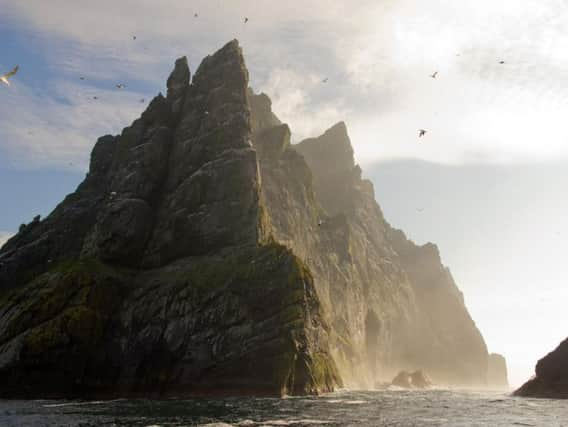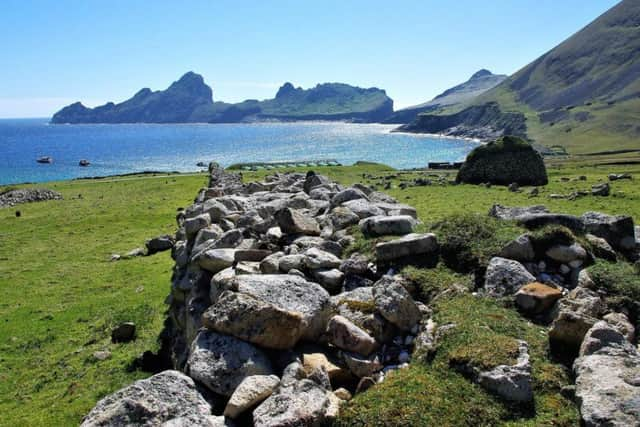St Kilda named one of 'the most beautiful places in Europe'


Conde Nast Traveler has hailed the “unforgettable ocean views and unique ecosystem” of the Unesco World Heritage Site, which is 100 miles from mainland Scotland and was evacuated by its last permanent residents in 1930.
However an estimated 5000 visitors now flocking to the largest island each year thanks to the growing popularity of boat trips from Skye and Harris, the quickest of which still take nearly three hours.
Advertisement
Hide AdAdvertisement
Hide AdThey are drawn to an abandoned village dating back to the 19th century, its spectacular coastline, the highest sea stacks and cliffs in Britain, and Europe’s most important seabird colony.


St Kilda, which has been owned by the National Trust For Scotland since 1957, is the UK’s only dual World Heritage Site, recognised for its cultural and natural significance.
The archipelago, which lies 40 miles west of North Uist, has now been rated alongside Biarritz, in France, the Dolomites in Italy, Lapland in Finland, and the Swiss Alps by Conde Nast Traveler, which has showcased what it describes of 20 of the most breathtaking landscapes across Europe.
The travel website states: “This cliff-dotted archipelago along the western coast of Scotland’s Outer Hebrides has unforgettable ocean views and a unique ecosystem.
"Visitors can encounter hoards marine life on one of the many ocean tours offered by local boating companies, while those without sea legs can also explore the area’s ancient ruins.”
Susan Bain, Western Isles manager at the NTS, said: “The trust is proud to play its part in protecting St Kilda – one of Scotland’s national and natural treasures.
“Visitors love the wildlife spectacle in the summer provided by one of the world’s largest gannet colonies and one of the UK’s most important puffin colonies.
Advertisement
Hide AdAdvertisement
Hide Ad"The landscape and views are breath-taking and, of course, a community thrived here until the early 20th century.”
Rob McKinnon, chief executive of Outer Hebrides Tourism, said: “St Kilda is in the premier league of World Heritage Sites because of its dual listing.
"We want people to enjoy it but it’s very important to preserve it for future generations.
“It takes a real effort to get there, which obviously limits the visitor numbers, but when you get there it is a really special experience to when you get there.
"People find that they take something away from it for the rest of their lives."
The praise for St Kilda by Conde Nast Traveler has emerged on the back of Airbnb, Lonely Planet and CNN naming the Out Hebrides as a top travel destination for this year.
Chris Taylor, regional leadership director at VisitScotland, said: “St Kilda has such a unique and fascinating story, coupled with an abundance of wildlife and breath-taking views, it is no wonder Conde Nast Traveller has named it one of the most beautiful places in Europe.
Advertisement
Hide AdAdvertisement
Hide Ad“The Outer Hebrides as a whole are hugely popular with visitors to Scotland. The most recent Islands Visitor Survey showed an increase of 16 per cent in leisure visits and a 26 per cent rise in spend and our work with industry partners will ensure future growth continues to be met in a responsible and sustainable way.
“Accolades like this for St Kilda will only help to strengthen the desire for visitors to explore the culture, landscape and history of these stunning destinations, boosting the reputation of Scottish tourism and supporting the local economy.”